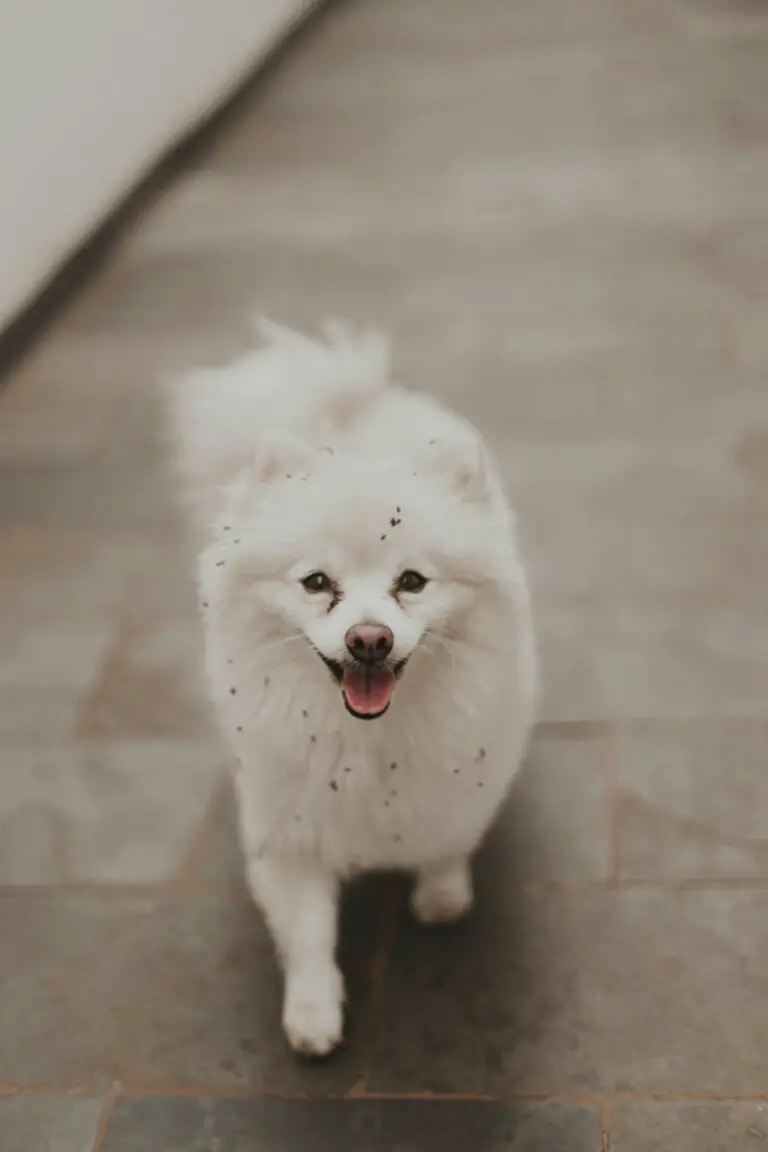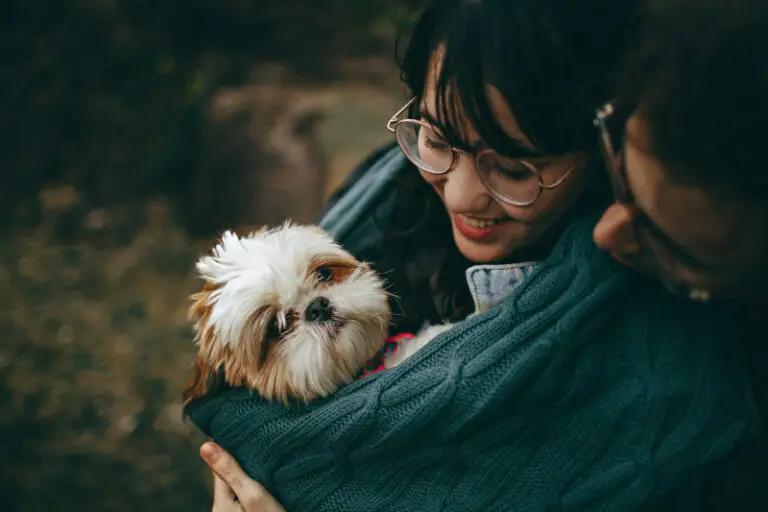Originally from the border area between Scotland and England, the border collie is a type of collie recognized as one of the best herding dogs in the world. Have you ever had the pleasure of seeing him leading a herd of sheep? If so, then you already know their mastery to move them in a silent and controlled manner, all at the will of their owner.
However, not all Border Collies were bred to do this kind of work, which is why the breed has been divided into different types, each with its own traits.
Table of Contents
How many types of border collies are there?
Generally, it is said that there are two types of border collie: the herding or working border collie, and the show border collie.
Grazing border collie
As expected, the main objective of the breeders was to obtain a dog with a good ability to work in the field. The animal was to be recognized for its skill with the herd, not for its appearance.
The contrast between the lowlands of England and the highlands of Scotland led to the breeding of different breeds of sheep, all depending on the locality. This in turn prompted the need to breed a dog with specific physical attributes that would allow him to perform the job well.
For example, some sheep had to be light and fast to survive on the steep hills and crags of the Scottish highlands; therefore, the border collie had to have long legs and an athletic body.
On the other hand, English lowland sheep had to be heavy and slow, hence the ideal dog needed a strong body to deal with large sheep, and a much lower center of gravity; i.e. short legs and a heavy body.
Although the goal was the same ( to get a dog with the best working capacity ), this selective breeding gave rise to the evolution of different types of border collies, physically speaking. Some experts assure that the differences are not only limited to the physical aspect but that they are also notable in the temperament and the way of working.
In general, there are 4 types of herding border collies:
Border collie Northumbria
Almost all current border collies are said to be able to trace their lineage back to a dog known as Old Hemp. Hemp was an excellent herding dog that was born in 1894 and bred by Adam Telfer in Northumbria, England.
It had been developed by crossing a black bitch with a reticent temperament and a tricolor dog with a sociable and good-natured temperament. The result was an enthusiastic, balanced, and hard-working Border Collie of medium size and coarse hair, with very little white.
Old Hemp is said to have sired over 200 puppies in his lifetime.
Border collie Wiston
The first specimen of this variety was developed by Jock Richardson, who named it Winton’s Cap. It is a large border collie, with a large, square-shaped head, long and rough fur with quite a bit of white, especially on the front legs, neck, chest, and head.
His personality is sociable and obedient; it is easy to handle.
The logo of the International Sheep Dog Society is the image of a border collie type Wiston Cap1.
Border collie Nap
Of the four types of sheep border collies, this is the only one with smooth fur. Its name comes from a dog named White hope Nap, born in 1951. They are characterized by being strong, fast, and powerful dogs.
Their hair is significantly short, but they have an inner layer that acts as insulation against cold or heat. They generally have long legs and a short trunk, hence their appearance is more square than the others.
The Nap border collie has long been used as a herding dog on large cattle ranches in the southwestern United States. Its short coat made this dog an excellent choice for the area’s arid climate.
Border collie Tommy de Herdman
As they say, this was the name of the first border collie of this type. Physically, Tommy was a medium-sized, lean, bony specimen, with a rough coat of white, black, and traces of cinnamon.
The character of this dog can be described as meek and friendly, but that does not overshadow his spirit and mental strength when it comes to getting the job done.
Apparently, Tommy de Herdman was nothing more and nothing less than a grandson of the great Old Hemp.
Show border collie
Despite strong opposition from those who value the genetic heritage of the breed, both the United Kennel Club in Great Britain and the American Kennel Club 3 in the United States, have taken over the border collie registry in their exhibits.
Unlike the herding border collie, which displays a wide diversity in size, coat, and general appearance, the show border collie always tends to be small and sport a coarse coat.
Obviously, in this case, the key element pursued by breeders is physical appearance, rather than job skills. Even so, they are excellent competitors in agility, obedience, and dog sports tasks.
It should be noted that even if the border collie is from the show line, he can still demonstrate a strong herding instinct; still, those who do best during a demo or competition are almost never considered good enough to get the job done in real life.
The imposition of physical standards and breeding guidelines has generated some controversy in countries such as Australia, New Zealand, and Great Britain, where selective breeding for dog shows has resulted in border collies with a predictable physical appearance, but with a seriously poor herding ability. engaged.
It may interest you: The 30 Types of Shepherd Dogs – Guide to Herding Breeds + Photos
What is the difference between the smooth-haired border collie and the coarse-haired border collie?
Surely you already know that dogs of the border collie breed can have:
Straight and short hair
The fur of these animals can present variations, resulting in specimens with abundant hair, others with scarcer hair, some with straight and short fur, or even with a little wave. The short-haired border collie is much easier to care for, as his coat does not pick up water or dirt to the same extent as the long-haired border collie.
His coat dries quickly after bathing, swimming, or working in the rain, and is not prone to tangles or mud buildup. In general, it does not require excessive or constant care on the part of its owner.
Thick and long hair
This type of border collie develops a dense, shaggy undercoat, with significantly long hairs on the chest, legs, and belly; this is said to be a sign of his Norse ancestry. Sometimes the coat can be so thick that good grooming is almost impossible.
When the texture is not hard enough and regular grooming is not provided, the coat is prone to matting around the ears, under the armpits, and under the tail. It should be noted that not all long-haired specimens have the same appearance; some sport a more polished coating, almost free of fringes.
Many experts say that border collies can actually be smooth-haired, coarse-haired, or any variation in between these two extremes.



